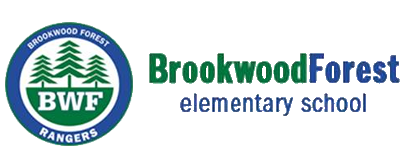-
Knowing your First Grade Grade Child as a Reader
1. Your child’s interests: Children are more apt to engage in reading when the topic is of interest to them.Is there preference fiction or non-fiction? Do they have a favorite author or series that they like?Do they have favorite topics that they enjoy?2. Your child’s word reading: Word reading is the ability to correctly read the words in a text. When children read accurately, they solidify their word-recognition, decoding, and word-analysis skills. If a child makes a miscue it is helpful to determine the sources of information the child used to make the error. Young readers initially tend to make more errors in word reading because they over-rely on one strategy, when they need to know and practice using multiple strategies.
3. Your child’s comprehension: Comprehension of a text involves understanding both direct recall and inferential questions. With a large focus on word reading in K-2, comprehension of text is often given less attention. Children are not reading unless they are making meaning. Comprehension at this level is supported through attention to illustrations, knowledge of story structure, making predictions, and retelling the story in sequence.
4. Your child’s “Just Right Book”: A “just right book” is one in which a child can read alone with ease, and enjoy. Word accuracy in a “just right book” will be between 96%-100% and comprehension of the text will be 100%. Reading “just right books” is important because they provide successful practice with both word accuracy and meaning. Children need to know how to choose books that are “just right” for them, and realize they will get stronger as a reader by reading “just right books”.
5. Your child’s access to repeated encounters with words across contexts: Vocabulary knowledge at this stage is developed through listening comprehension and conversation. Reading aloud to children is one of the most effective ways to build a young child’s vocabulary.
6. Your child’s reading fluency: Fluent reading “sounds like talking”. As young children learn to read much of their cognitive energy goes into word decoding. By the middle of 1st grade most students are ready to practice being more fluent. Using finger sweeps under sentences instead of finger pointing at words is a practical way to begin. Pushing students to "read faster" too soon could cause some students to begin guessing or otherwise undermine their focus on reading carefully.
7. Your child’s ability to discuss and talk deeply about their reading: Conversation with others improves comprehension and engagement with texts. This interaction asks students to think about what they've read, and be able to communicate their understanding of the text.
8. Your child’s listening comprehension: Listening to an adult model fluent reading increases a child’s own fluency and comprehension skills, as well as expanding their vocabulary, background knowledge, sense of story, awareness of text structure, and comprehension of the texts read.
Children grow as readers when:they hear books read aloud.
they talk about their books.
they are in a “just right book” at their independent reading level.
they read daily for a sustained period of time.
they see those around them as readers.
they are given a choice in what they read.
they know and use a variety of decoding strategies.
they are curious about words.
they read for meaning.
their reading sounds like talking.
they see the story as a movie in their mind.
they can predict the structure of a text.
they read a variety of genres.
they know when they have lost text meaning and do something to fix it.
they realize the power of reading.
they realize the joy in reading.


